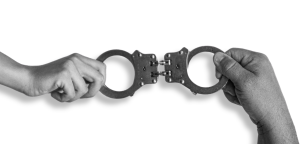Changing our approach to justice
November 8, 2017
Our criminal system is flawed. With over 2.2 million adults incarcerated in the U.S. our prisons are bursting at the seams and according to a report by Time Magazine, 39 percent of the inmates who are incarcerated pose no threat to public safety, having committed non-violent, low level crimes and could easily be reformed with alternatives such as community service or treatment.
Using alternative methods would save the U.S. $20 billion a year, money that could be spent to better communities. That amount of money could be used to employ 270,000 police officers or 327,000 teachers. Which raises the question: how effective is our criminal justice system?
Senators Chris Coons (Dem.) and Thom Tillis (Rep.) believe that our system is in such a desperate need of reform that it crosses party lines. Their focus is specifically on laws surrounding juvenile justice. As they believe changing the first interactions people have with the system will shape their future with law enforcement.
“Surely we can agree that juveniles’ interactions with the judicial system shouldn’t be just about punishment, but instead must also focus on understanding the impacts of what they have done and why it was wrong.” said an article written by Coons and Tillis published on CNN.
Although there has been some progress, it is moving at a slow pace. It is time for our criminal justice system to change focus from punishment to preventative teaching, reducing the strain on prison systems and keeping youth and adults out of prison.









